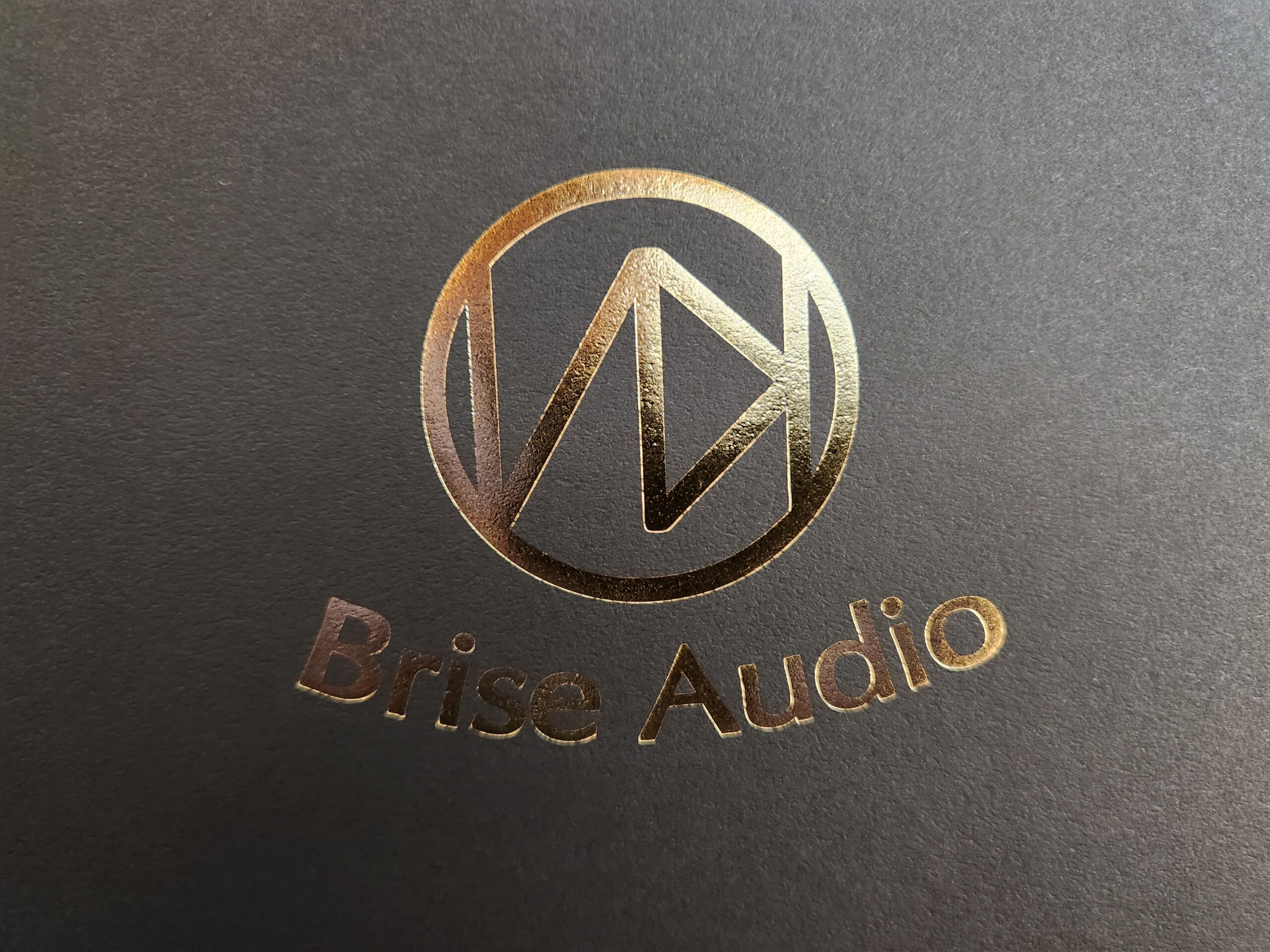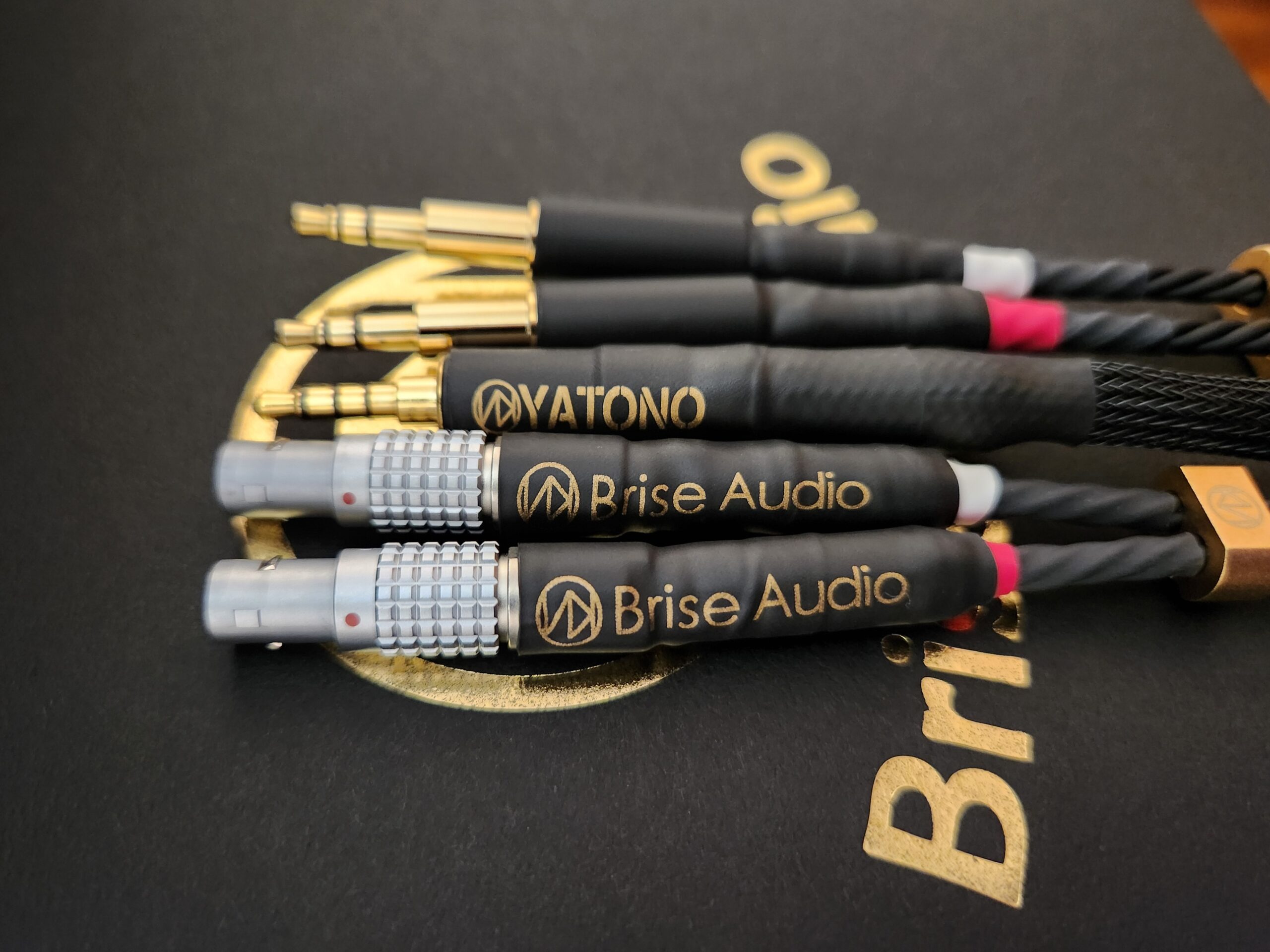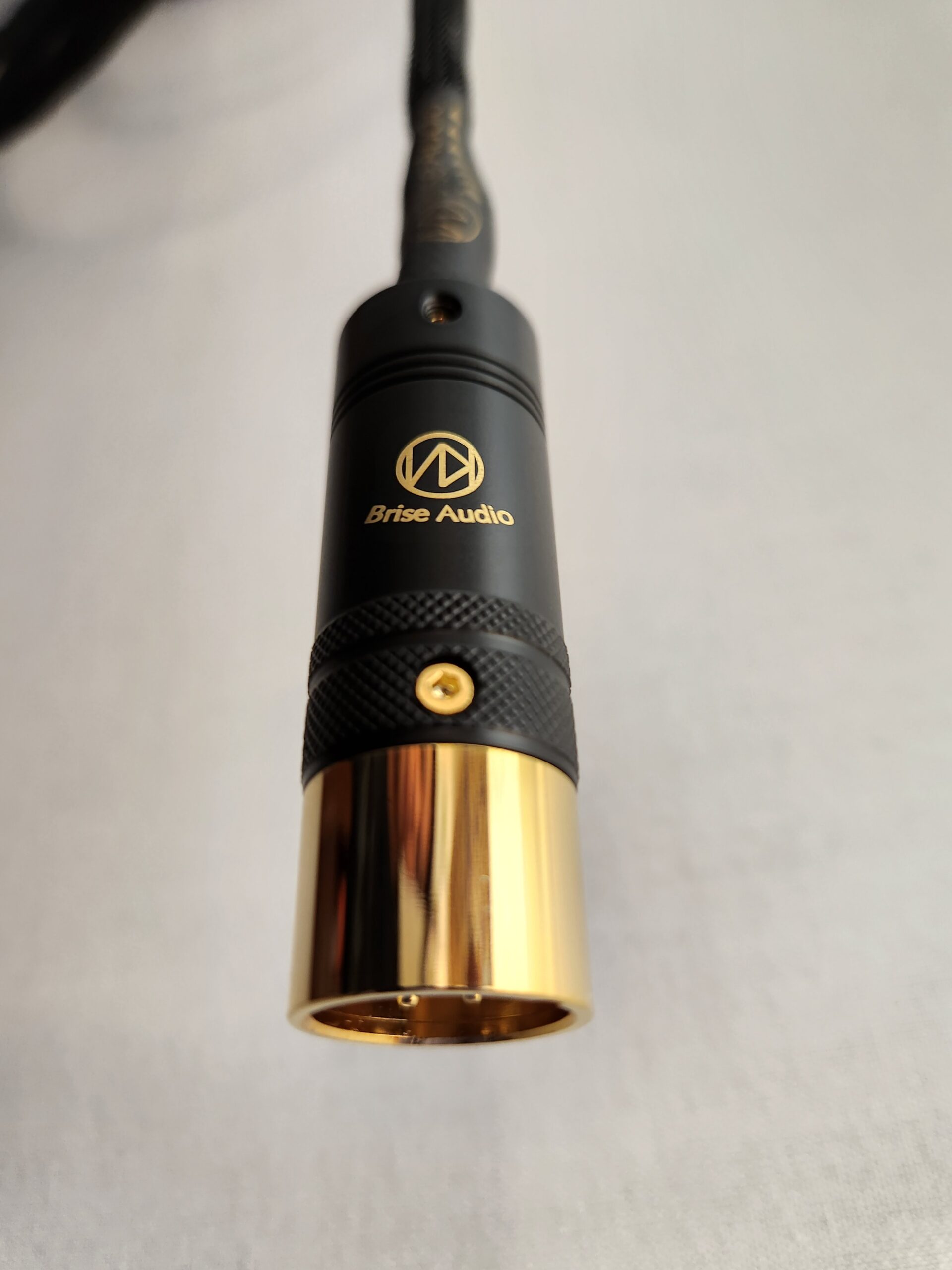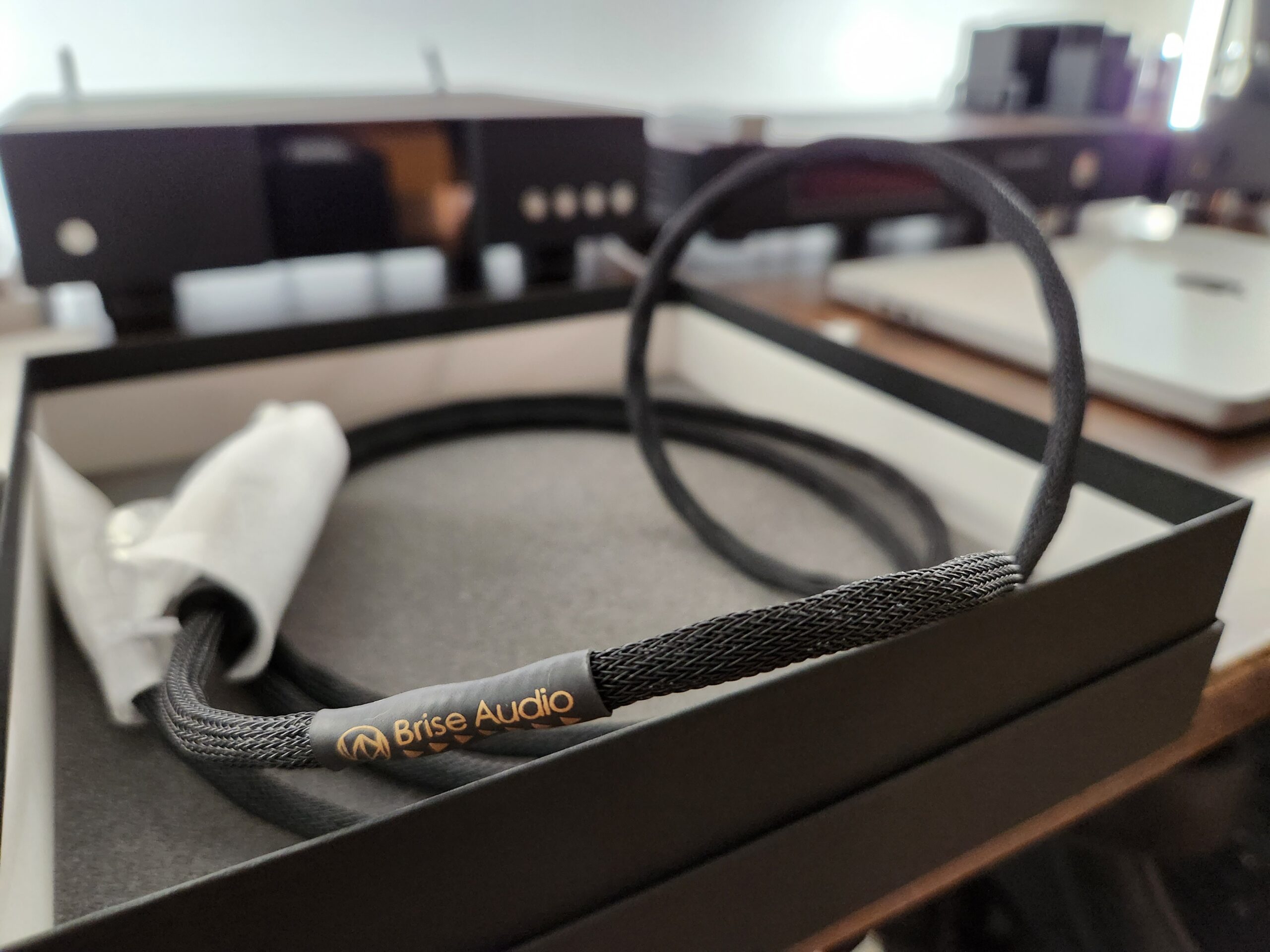
Made In Japan (Intro)
My first cable from Brise Audio was from their dedicated BSEP line, specifically for the Sennheiser IE 900. Typically, whenever I come across the “Brise brand” they’re almost always associated with IEMs, at least here in the US. I liked the BSEP for IE 900 enough that I started getting curious about their headphone line of cables. Seeing little content by way of impressions or reviews, I took the plunge to satiate my curiosity, and it also helped that I have an affinity for anything Japanese. I am not a reviewer. This is the sole opinion of one person on the Internet, who wants to share his experience with a brand most are not familiar with.
One thing that consistently comes up in my mind is how to pronounce, “Brise.” It’s a trivial thing but let me indulge you with my limited college-bound Japanese knowledge anyway (I’m not a native speaker).
B (ビー) – The kana for “b” when translated from English is prolonged because there are no open syllables in English with a short vowel. It’s pronounced like the word, “bee” (English) or “be” (Japanese).
ri (リ) – Since there is no double “ii” or the character to prolong the pronunciation (basically a long dash ー), you’d pronounce it like the name, “Lee.” The main thing to note in Japanese is that the “r” sound is spoken by quickly touching the upper part of your teeth with your tongue. The result is a sound that’s right in between “r” and “L.” This is why the majority of native Japanese-speaking people when speaking English, pronounce English words that have an “L” with an “r” sound.
se (セ) – This is like how you’d pronounce it in the word “sex.” But in reality, you don’t have to pronounce the “e” in real-time conversations.
All this explanation and I could’ve said pronounce it like the word, “breeze” (LOL). Anyway, the TL;DR is (keeping all I’ve said above in mind) “be-ree-ce” or “be-ree-cé.”
A Hard Pill to Swallow (Cable Pricing)
As your journey develops in this hobby, eventually you run into the notion of better cables making a meaningful difference/improvement. Assuming you have already experienced this, the pricing of cables the higher you climb up becomes a psychological barrier that’s hard to push through because let’s face it, the “better-performing” cables typically come with a higher cost. I always try to look at the bigger picture since the pinnacle of the audio journey is reaching that state of consistent musical bliss, which looks different for everybody. Cables are simply one tactic to accomplish that overall strategy. Brise cables aren’t cheap, but to me, it’s about the music presented at a certain standard.
A Trivial Matter (Burn-In)
Brise cables require about 100 hours of burn-in to sound their best, according to Brise. How manufacturers come up with those numbers is a mystery to me, but after going through 7 cables on different occasions, I find that statement accurate (I gave up after my 4th or 5th one). Many audiophiles will argue and oppose such claims, but it’s relatively trivial. If it sounds good on the first listen then great! But if it doesn’t, give it time anyway. The notion of burn-in has always existed, but whether it’s audible depends, and with Brise cables, I think it’s necessary. Fresh out of the box, first impressions suggest their cables sound unrefined, harsh, sluggish, and not worth the money. After leaving them to burn-in, the Brise “house sound” comes alive and matures very nicely. Unfortunately, Brise doesn’t offer a complementary burn-in service, so if you’re like me and dread the long process, pray for some patience.
Ripened Potential (The Brise “House Sound”)
hifiDJ’s audio chain:
Auralic Aries G2 (PSU mod) —>
LinnenberG Satie DA Converter —>
Crayon Audio CHA-1 / Modwright HA 300 / Allnic HPA-3000 GT —>
Headphones…
[all connected to a PS Audio Power Plant 3 outfitted with Allnic ZL Technology cables (from digital to analog to power) / all components are isolated with Gingko isolation products]
From what I’ve experienced so far, I think the Brise “house sound” goes for a neutral yet slightly relaxed sound. It manages to shave off a bit of the rough edges to avoid any harshness, sting, or fatigue during a listening session. Aside from that, the Brise cables avoid any fanfare or razzle-dazzle that aims to impress or enchant on first listen. Instead, its presentation is built upon a solid foundation of balance that is very refined and mature. It’s like a blade honed to perfection, resulting in a sound that is consistent, complete, and reliable–they are finely tuned. I think the most impressive thing about Brise cables is their ability to elevate these headphones’ standout traits without drastically shifting their tonality and presentation–they serve as a complete extension. It gets out of the way and lets these headphones do their thing. Perhaps the main downside is that if synergy isn’t aligned, the Brise cables can come across as too reserved or uninspiring at times.

Headphone Cables
Brise makes a variety of custom cables ranging from power, digital, analog, IEMs, and headphones. However, headphone cables are what I’ll be assessing specifically.

Aesthetics: Typically, they have an understated, no-nonsense, and blacked-out look. I think you can request a white outer sheathing, but I’ve always opted for the black one. All of their cables are well-built and consistent in quality. The custom amplifier end of each cable (from the YATONO model up) is a solid touch, with a robust build and a shiny gold tip. I’m not a fan of gold, but fortunately, it serves as a simple accent and is not excessive, although the gold connector was probably chosen with sound quality in mind. There are no bespoke or fancy materials offered, as the priority lies in pure sonics (which I’m all for), but if you wanted cables for jewelry look elsewhere.
Ergonomics: The main wire material is encased in a black outer sheathing which I assume acts as the special shielding. I don’t know what type of material they use as it remains a secret, understandably so, but out of the box, the cables are quite supple and pliable. They don’t hold or conform to shape like a Danacable would, but after a while, the Brise cables tend to stiffen up physically. Fortunately, Brise provides you with a spray (minus the MIKUMARI model) nicknamed, “cable smoother” to address any kind of stiffness you may experience over time, effectively reviving its freshness (apply to a cloth and wipe). Naturally, the higher you go up in tier the thicker, and more unwieldy, the cable becomes.
Note: The Brise cables work well with all the headphones mentioned here, but the standout/special pairings are indicated with a *.
MIKUMARI Ref. 2
Headphones tested:
*MYSPHERE 3.1 & 3.2
The entry-level of their line, the MIKUMARI, serves as a great entry into the Brise “house sound.” Coming in at around $1k (current pricing), the price can be daunting to some, but it represents a big chunk of what can be found in their higher-end offerings. So, if you like this cable the chances of you liking their other cables are high. The MIKUMARI adheres to what I’ve described earlier. I’d like more technicalities for the price, but its refined and mature sound outweighs that slight criticism.
YATONO-HP Ultimate
Headphones tested:
*Final Audio D8000 Pro (w/ DHC adapters)
Focal Utopia (pre-20)
MYSPHERE *3.1 & 3.2
*Sennheiser HD 800 S (w/ DHC adapters)
*Yamaha YH-5000 (w/ DHC adapters) [For a more detailed description of this pairing, check out my Yamaha article on the site (shameless plug)!!]
*ZMF Vérité Closed (w/ DHC adapters)
Side Note: From my experience, DHC adapters degrade the sound slightly, but depending on the headphones, it’s usually not an issue.
The YATONO is a straightforward upgrade from the MIKUMARI in both sound and price (current pricing). You get a fundamentally similar experience when you transition but with the much-welcome technical boost. This implies improvements in the stage, resolution, timbre, dynamics, weight, energy, control, and everything else. It’s also worth noting that the YATONO is an impressively quiet cable, effectively achieving an inky and jet-black background.
OROCHI-HP Ultimate (Custom)
Headphones tested:
Final Audio D8000 Pro
*Yamaha YH-5000 (more details here)
The OROCHI has a bolder and more confident sound over the YATONO, especially in the low frequencies. It establishes a solid foundation and demonstrates a mastery of balance and refinement. At its core, the OROCHI is similar to the YATONO but better and with a touch more character. Out of the 3 cables, the OROCHI is the closest one to neutral with great extension and energy while maintaining the fundamental Brise “house sound.” It’s a fantastic cable!
SHIROGANE-HP Ultimate / MURAKOMO
I have zero experience with this part of their line, but I wanted to mention it anyway so that more audiophiles are aware. From what I’ve gathered, the SHIROGANE (~$4k) performs similarly to the OROCHI (~$3-4k) but with a bit more character and focus in the high frequencies. Besides, the MURAKOMO (their ~$7-8k flagship) is way out of my price range–only in my dreams!

Why Brise Audio? (Closing Thoughts)
My experience with Brise Audio has been more than worthwhile–excellent service, philosophy, and craftsmanship. If there was something to criticize it would be the additional upcharge of longer lengths. Please make the standard length for headphones longer 🙏! Your customers in the West need it.
There’s a certain “magic” that comes from enabling the headphones to perform their standout traits at their maximum potential. While Brise cables are not the most flashy in sonic and physical presentation, the subtlety, matureness, and refinement are something you come to appreciate more over time. That type of long-term experience is something I value greatly over things that are instantly pleasing but not sustainable or lasting.
Have any specific questions or comments? Join the discussion in the forum (click here)!
Just another random person on the internet into this very niche hobby…